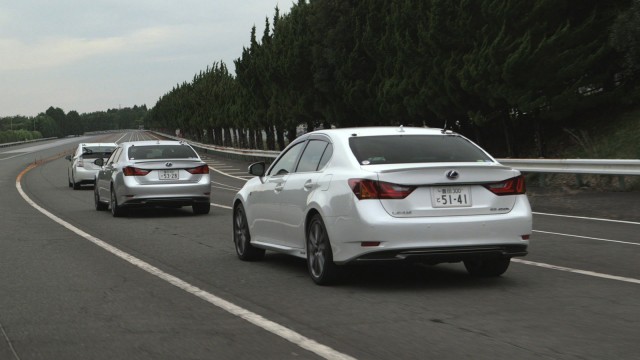It’s clear that tailgating is both a security and social problem. There are millions of driver around the world, each with unique psychological characteristics. There are times when we check the rear view mirror and surprise to see a car that seems to loom large. Although there’s no absolute fixed rule, we could be aware when a car is assumed as being too aggressive by following us too closely and persistently. Following too close to other cars could be considered as a social problem and it could also cause specific safety problems.
Experts have worked our sensible rules and it is believed to be prudent that for every 10mph of increased speed, the distance with the car in the front must be one car length. It means we drive at 60mph; the distance to the nearest car on the front should be equal to six car lengths. We could also use the 2-second rule; it means that for a stationery observer, our car passes him two seconds after the first car passed him. This standard should apply for any speed and two seconds is considered sufficient for any alert and capable driver to compensate if the car on the front stops abruptly.
In any case, we could use the 2-second rule, based on our reaction time and perception. If the car ahead stops suddenly, we should have enough time to react by slamming on the brake. Even if we are unable to stop the car completely due to specific reasons, we may still minimize the damages. On average, our perception and reaction time takes place between 0.5 and 0.75 seconds. So, at least our car has a second or so to stop itself. If we move quite fast and we are not sure that the car could stop in time, it is preferable to place more distance between our car and the car ahead.
Some highways have chevrons to indicate how cars should distance themselves if the average speed is 100km per hours. However, we should still rely on our experience and perception, because paying too much attention on these chevrons can be quite distracting. We should always see ahead to keep us more alert. In general, the 2-second rule represents different distance of separation in different speed. It would be better to have a passenger beside the driver to inform him when the car is driven too closely with one another. In general, we need to make practiced guess to define proper distance.
The way people drive their cars can be determined by their perception, physiology of vision and psychology factors. We should know what we need to see and whether we need more time to provide safe margins for ourselves. We should understand our visual field and we should be able to pull in bits of essential information. In this case, we should be able to quickly decipher information so, we can quickly react.
































No Comments
Leave a comment Cancel